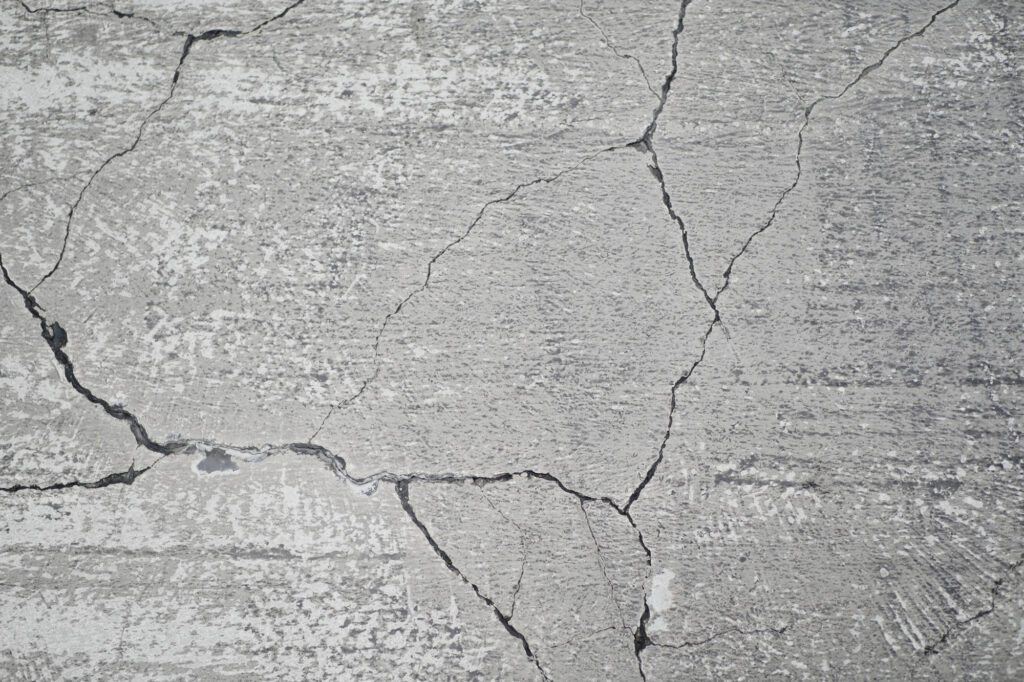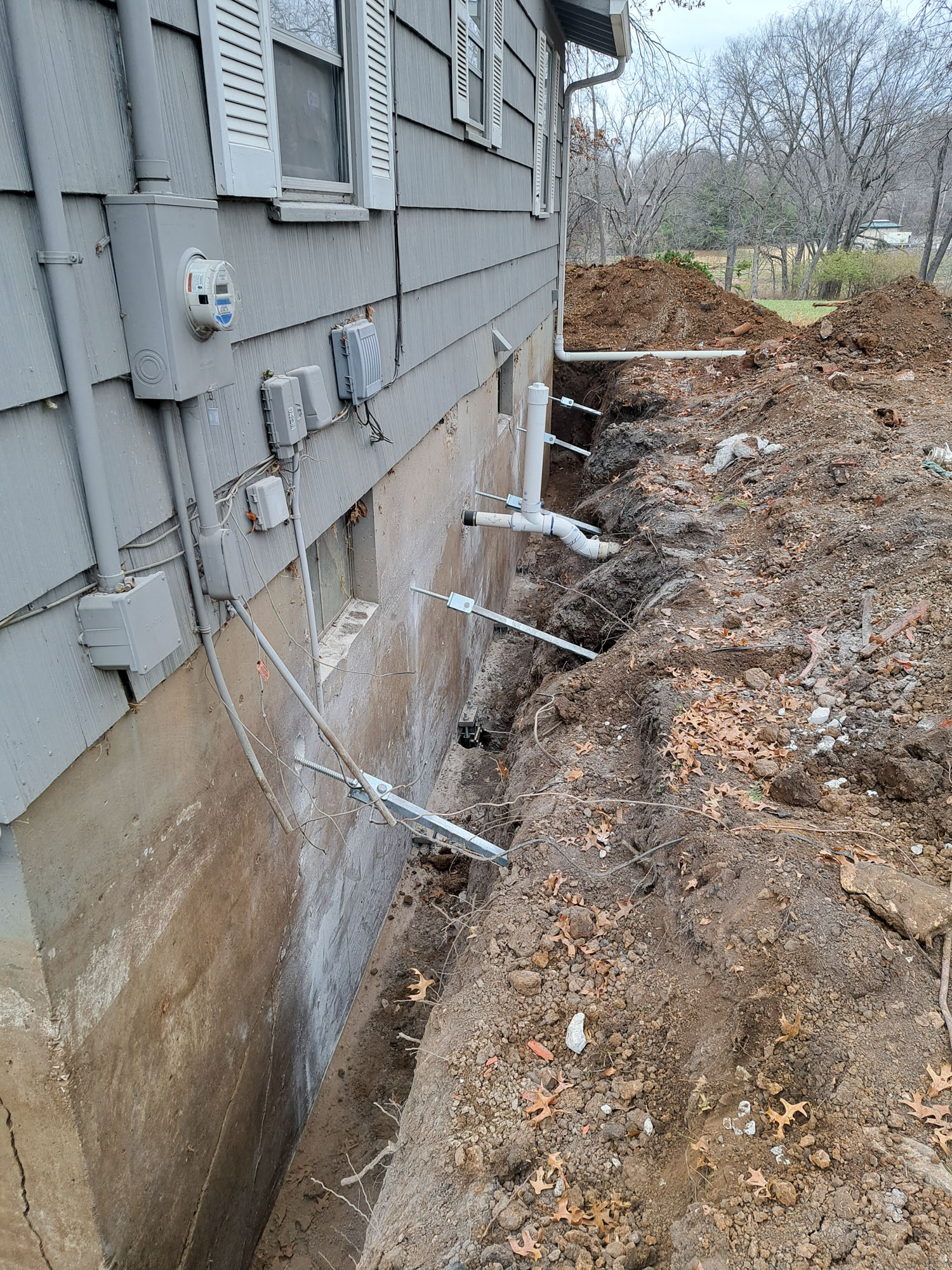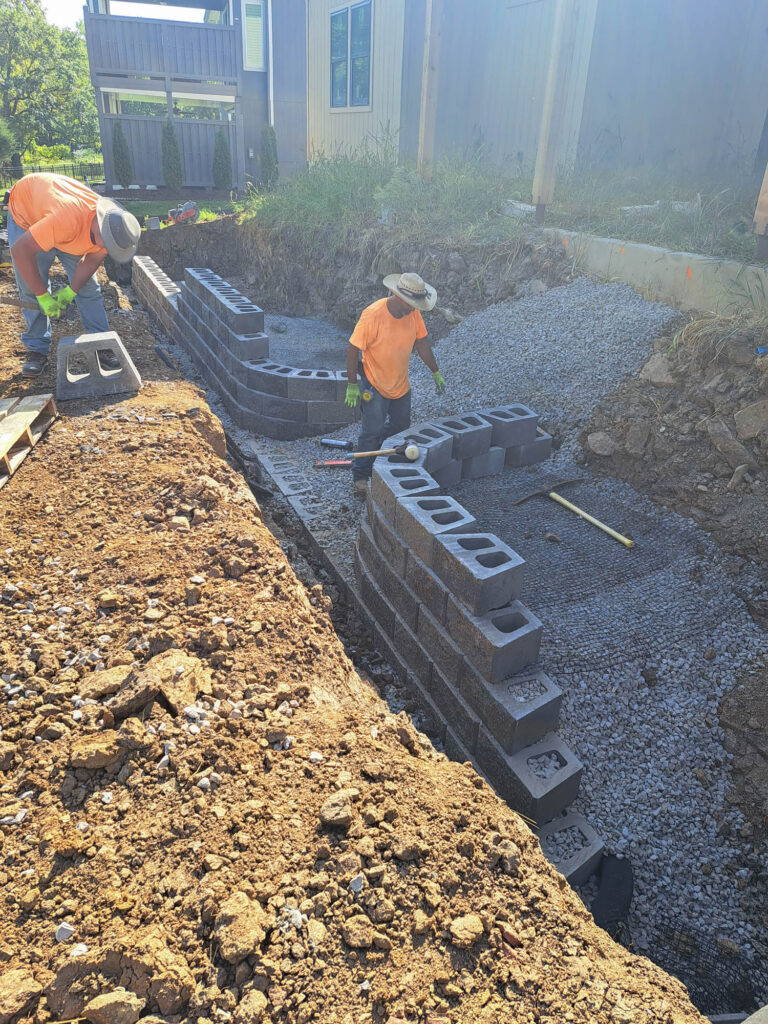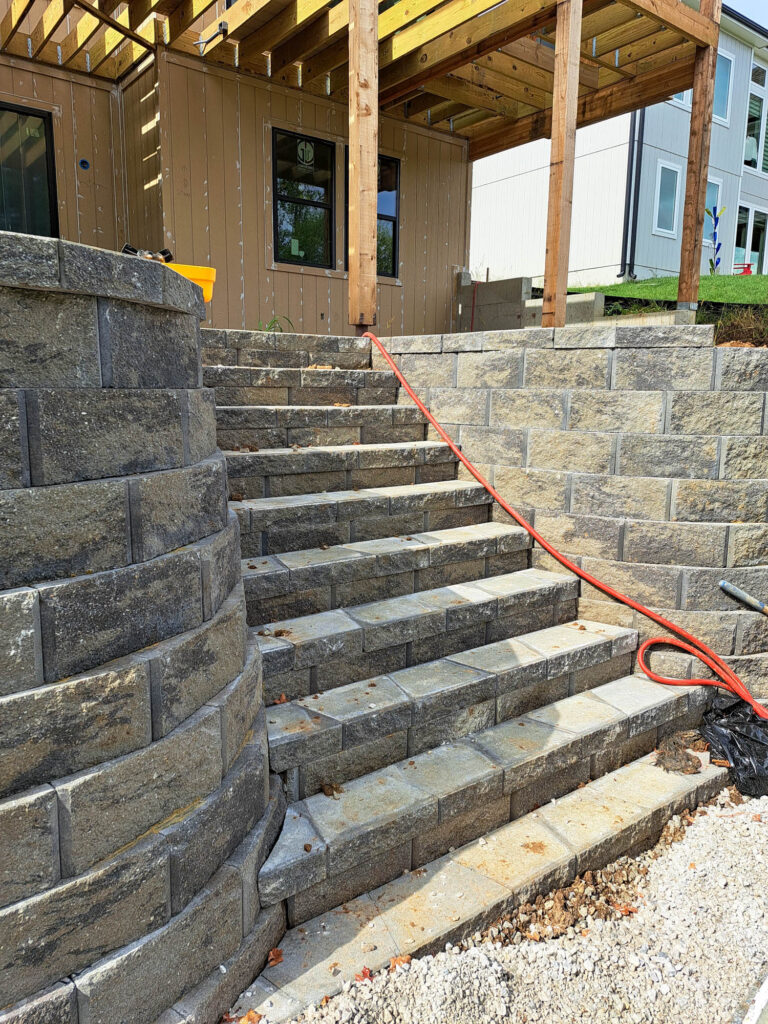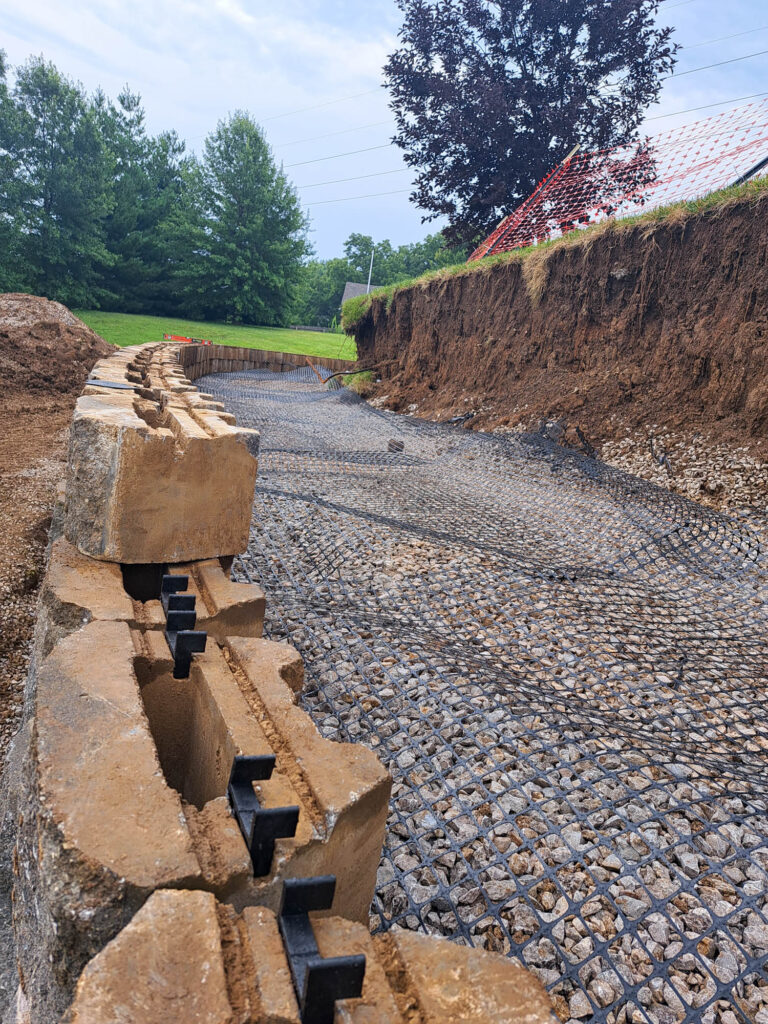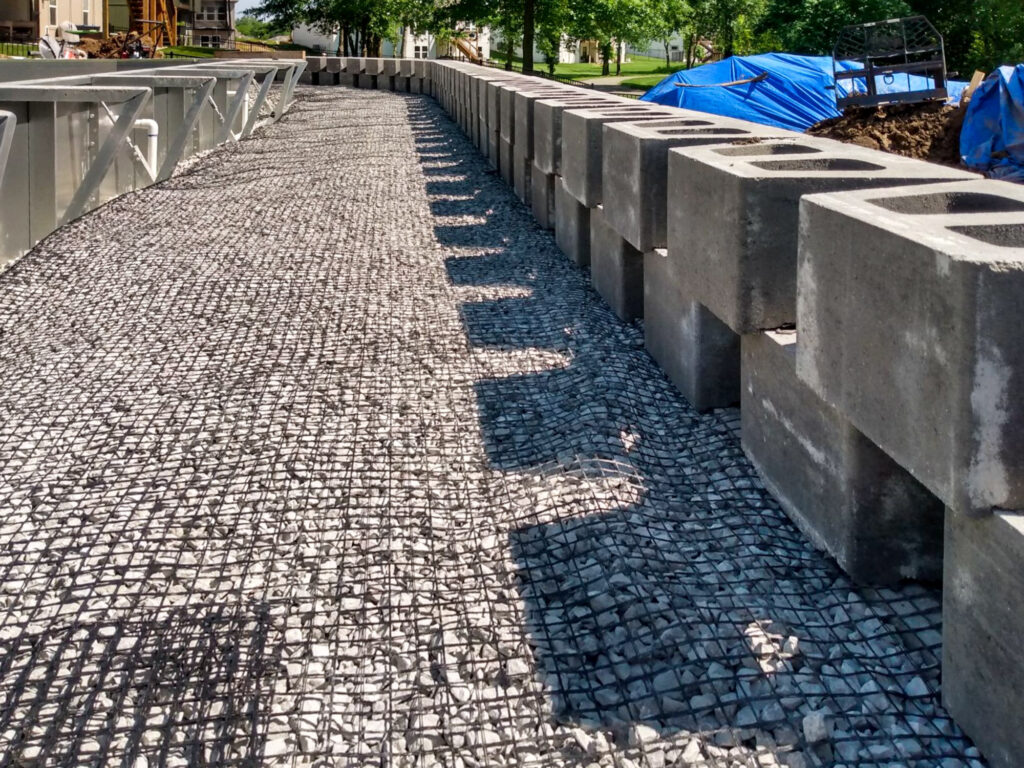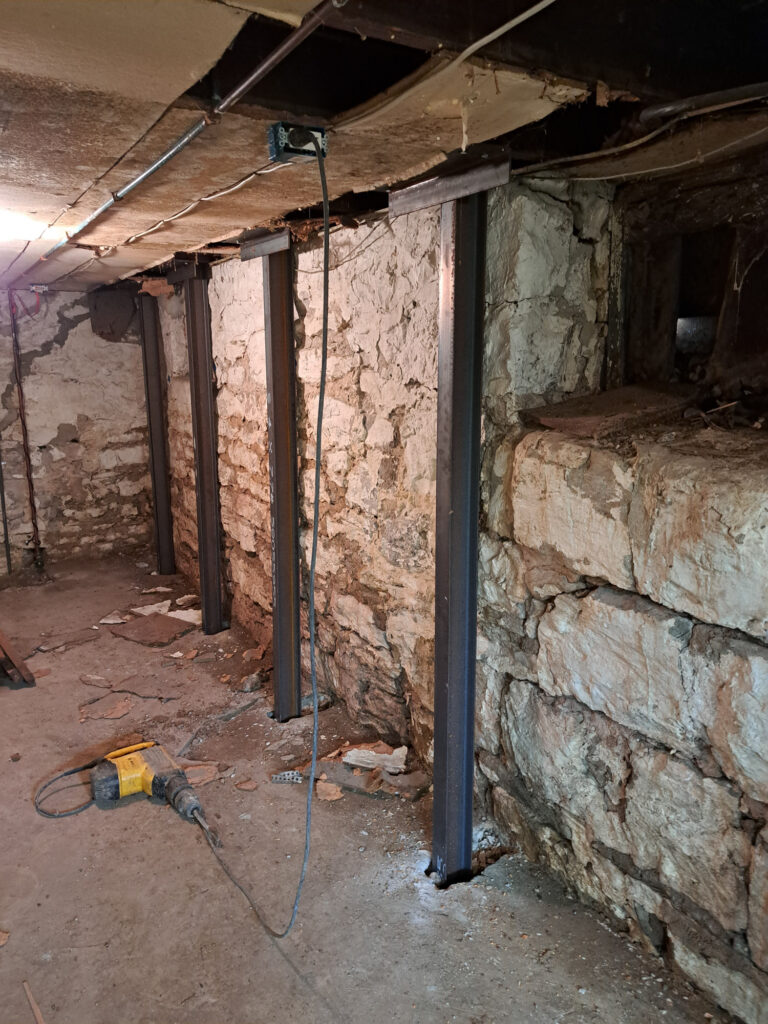Signs You May Need A Bowed Wall Repaired
Bowing and leaning walls are most often caused by lateral pressure from expansive “wet clay” soil, hydrostatic pressure, or frost heaving in colder temperatures. Unattended bowed walls can lead to moisture damage, pest infestations, unhealthy conditions, and most dangerously, collapsed walls.
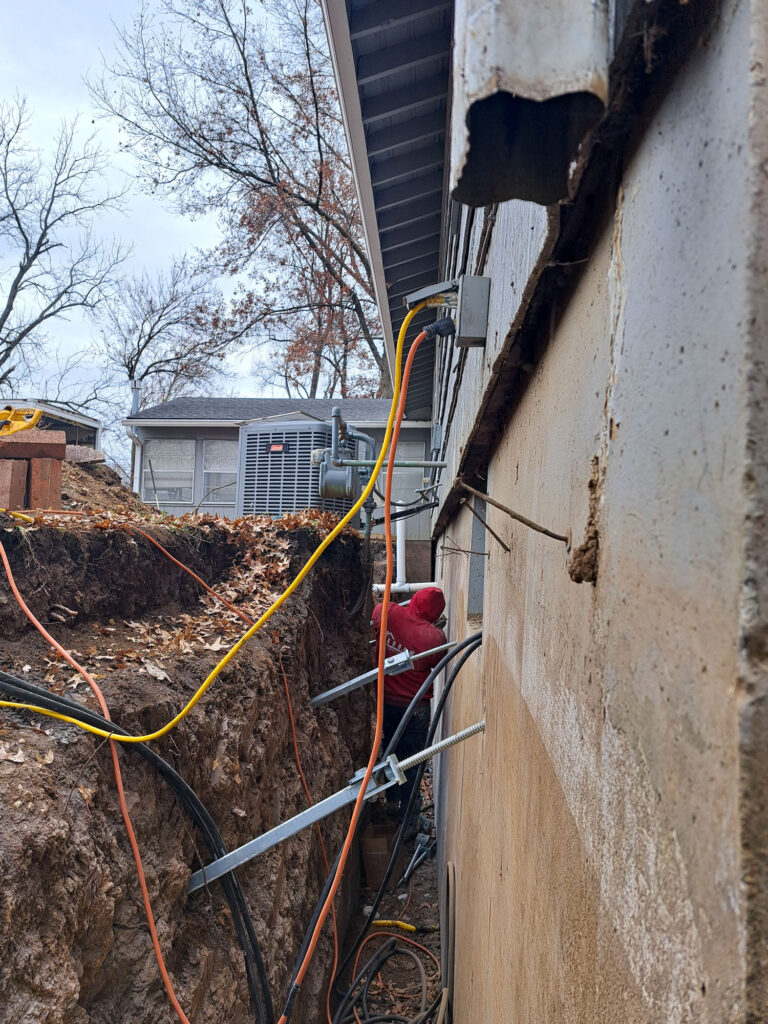
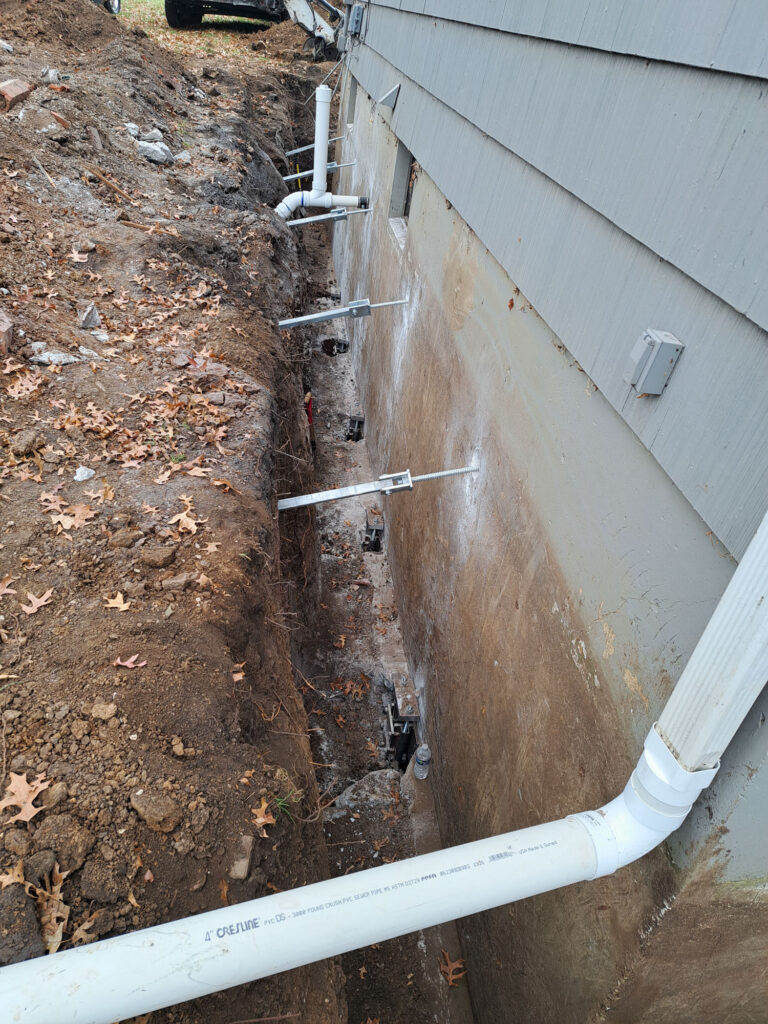
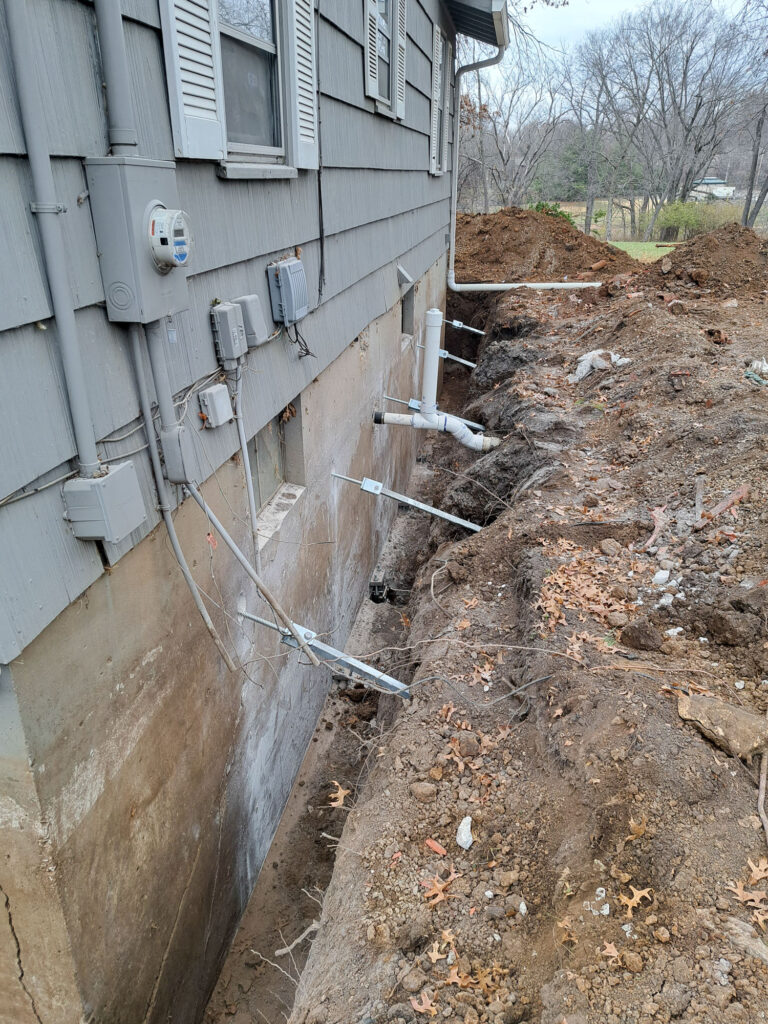
Get Your Project Completed
Whether it’s a residential home, commercial building, or historical property, a strong foundation is essential for safety and long-term stability.
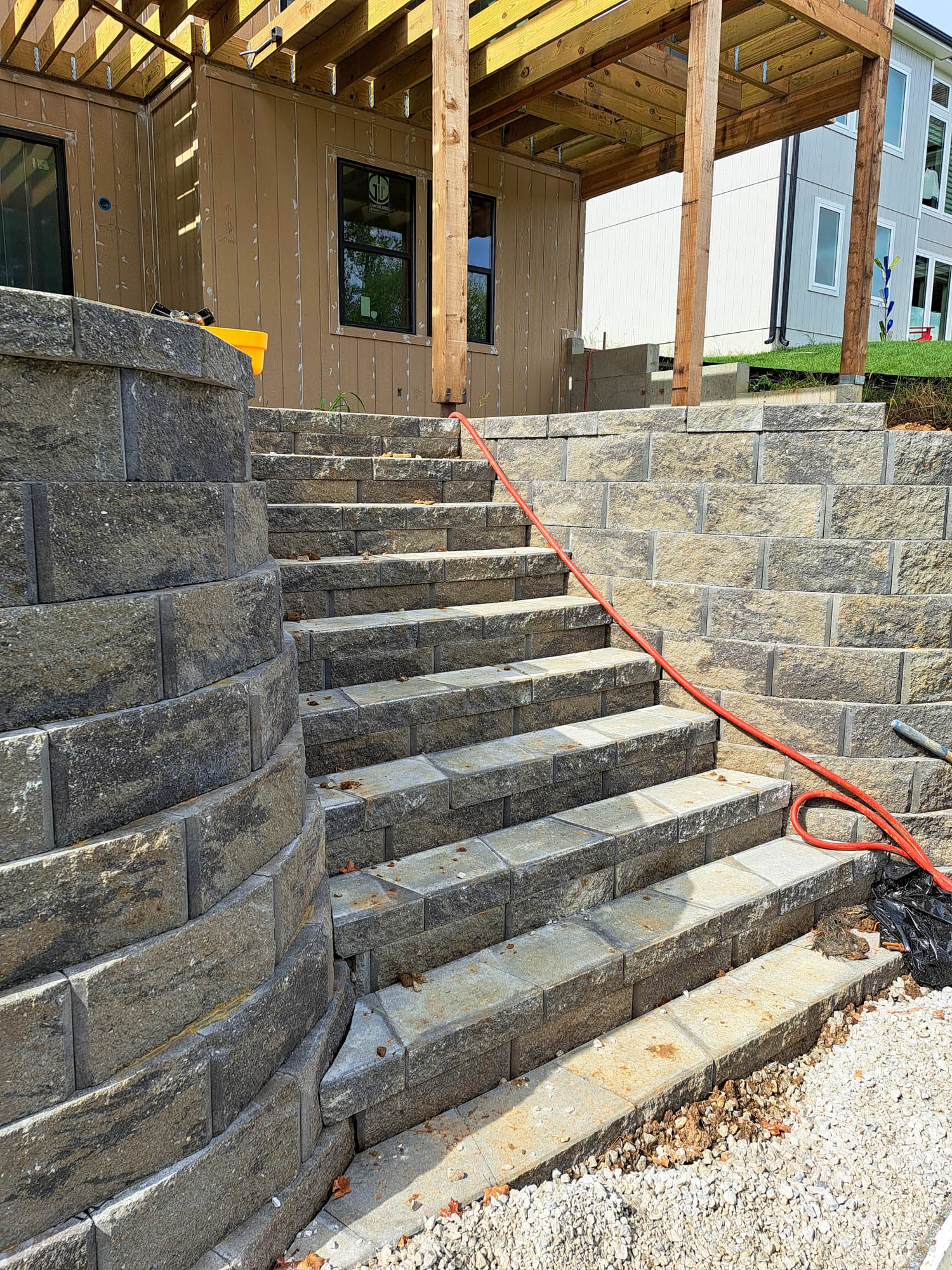
-
1
Consultation
One of our experienced estimators will conduct a free property inspection as soon as you can. Most consultations are 30 minutes or shorter.
-
2
Evaluation
Then, Arrow Foundation Repair will develop a plan to meet your specific requirements next. The quickest and most affordable long-term foundation fix is our goal.
-
3
Recommendation
Typically you can expect a project quote estimate within 24 hours. When everything looks good to you, our office manager will help set project schedules.
Related Services
Frequently Asked Questions
Based on our expert evaluation and the needs of your project, we use a few methods for bowing basement wall repair in Shawnee and the KC Metro area:
- Bowed Wall Strapping Kit: Arrow Foundation Repair proudly uses American-made, Rhino Carbon Fiber™ Products to reinforce structure. For interior bowed walls, we use the patented Rhino Carbon Fiber™ Bowed Wall Repair Kit, which is installed vertically across the bowing wall to reinforce the wall and restore stability. This industry-trusted solution is ideal for home and property owners, as it is quickly installable and leaves the surface smooth, making the repair nearly invisible after a painted finish. People use this solution for blocked or poured concrete bowed walls because it’s the least invasive repair method.
- I-Beam Braces: To strengthen bowed walls, I beam braces are installed by securing the base of the steel beam to the concrete slab or footing, and the top of the steel beam to the floor joists at the top. Concrete grout is then used to fill any gaps behind the beam providing equal support on the wall. This solution is most commonly used to strengthen a wall that has experienced more minor bowing, but it is also an industry-trusted system, making it one of the more common routes for repair that we recommend.
- Helical Tiebacks: Tiebacks are screwed horizontally into the soil through a small hole in the foundation wall. Wall plates are then attached on the interior, using tension to stabilize the wall and prevent future bowing or leaning. This system is effective because helical tiebacks apply pressure opposite to the hydrostatic pressure in the soil, which causes the wall to bow. During the excavation for tieback installation, additional methods are often employed to relieve future pressure on the wall. This approach also helps return the wall to its original position.
- Soil Anchors: This solution is similar to helical tieback installation but uses a steel anchor placed deep in the soil away from the wall as an anchor rather than being driven into the soil from inside like a helical. These soil anchors can straighten a bowed wall, returning it to its original position. For the installation of this system, we embed heavy-duty, galvanized earth anchors in stable, undisturbed soil outside your foundation wall. Each anchor connects a steel rod to a wall plate, which clamps against the foundation wall’s inside.
This depends on the repair. Because of the durability of the products used and our expert installation methods, Arrow Foundation Repair is often able to grant warranties of up to 25 years on bowed wall repair.
